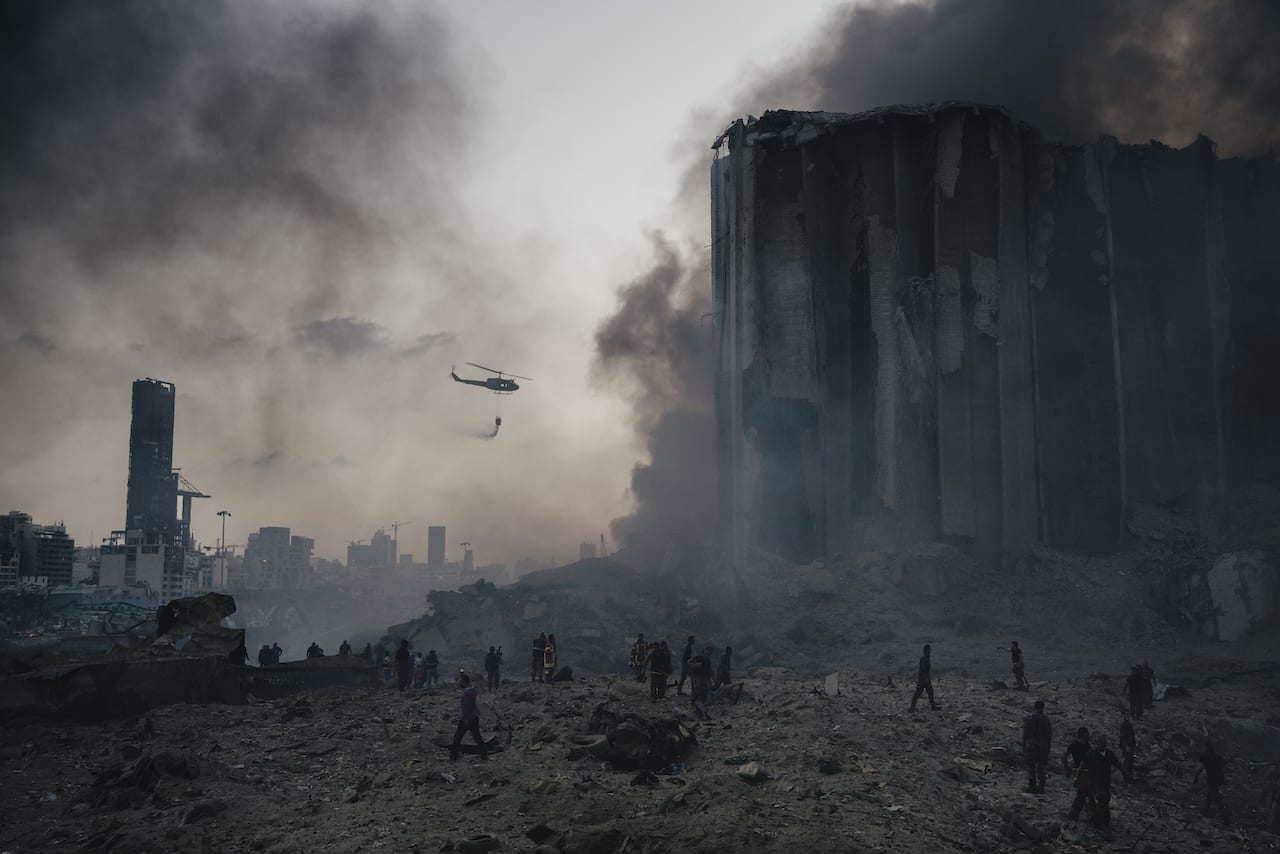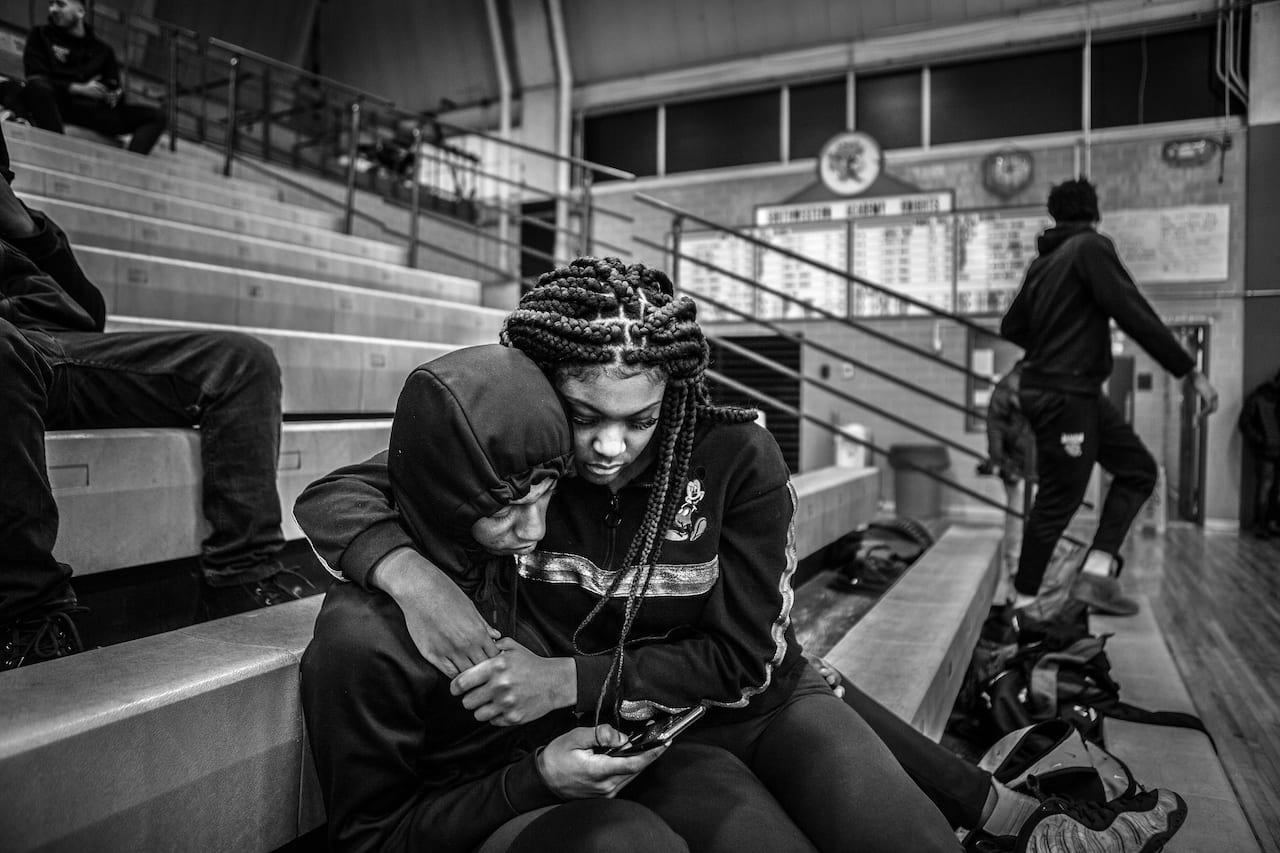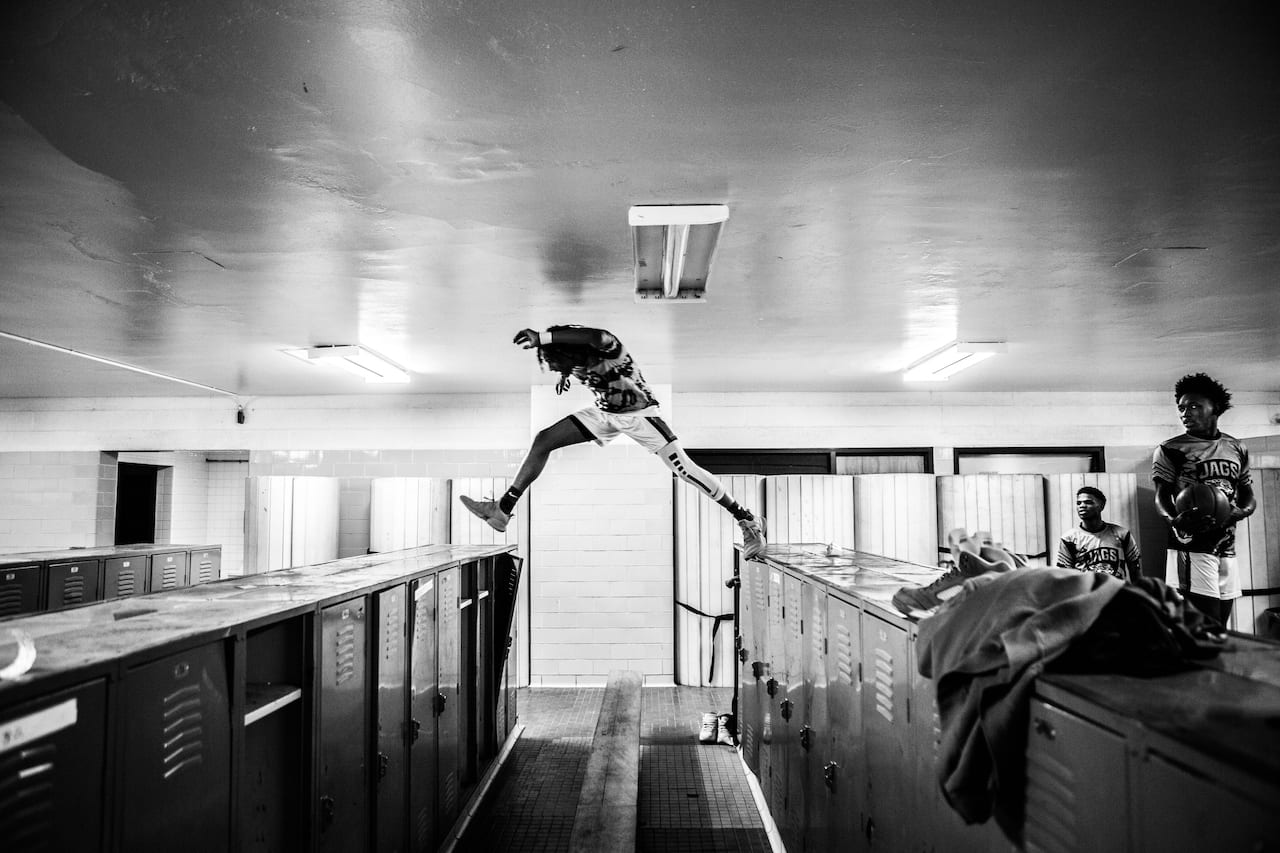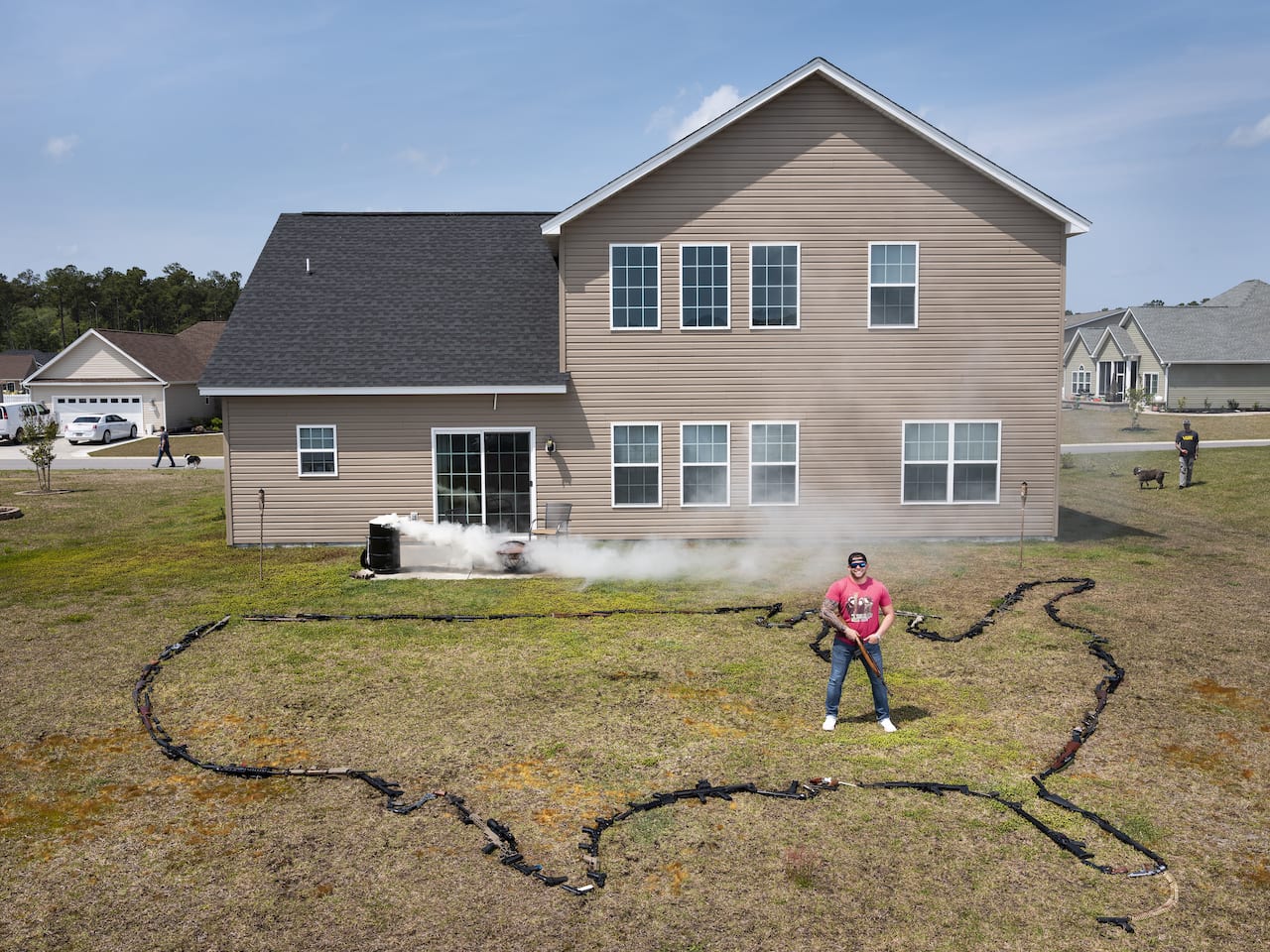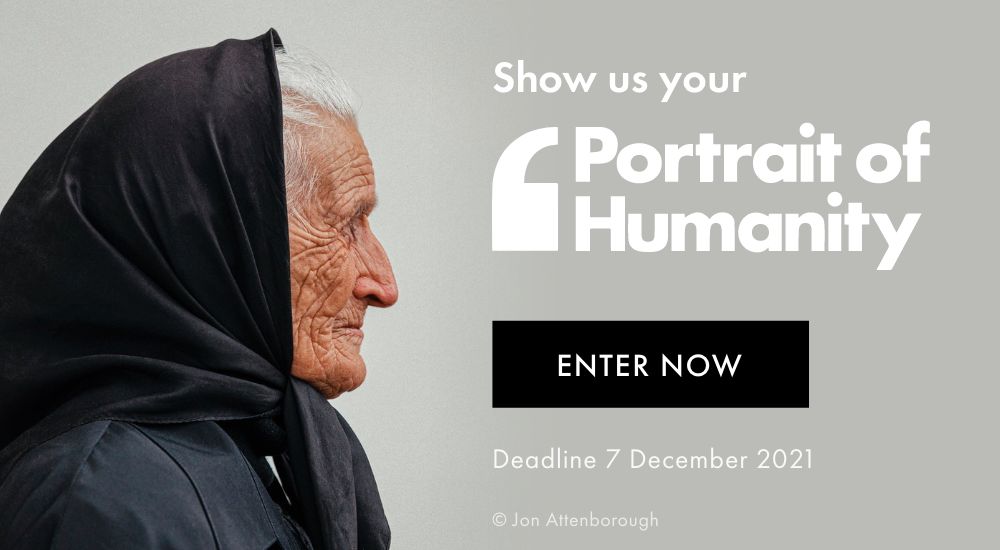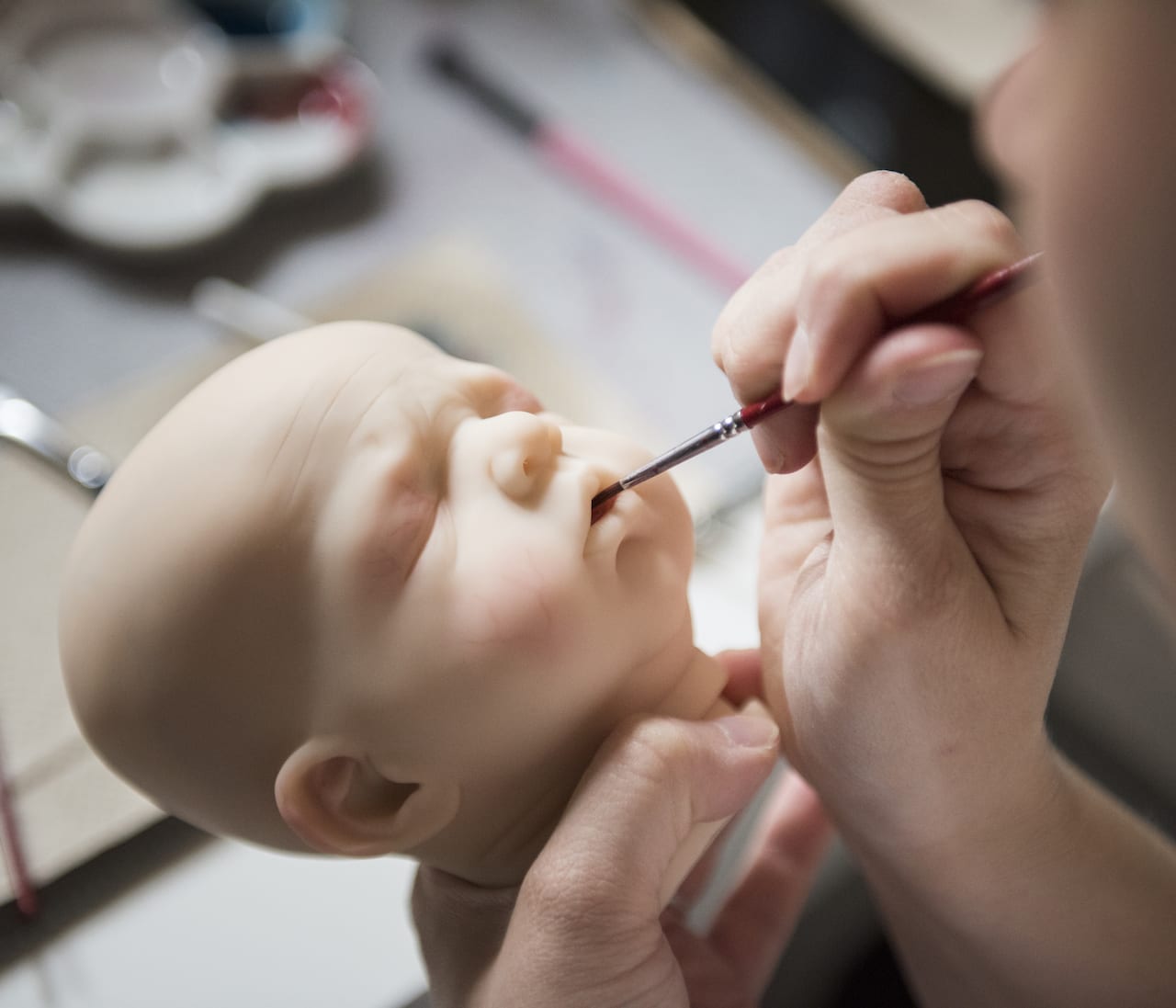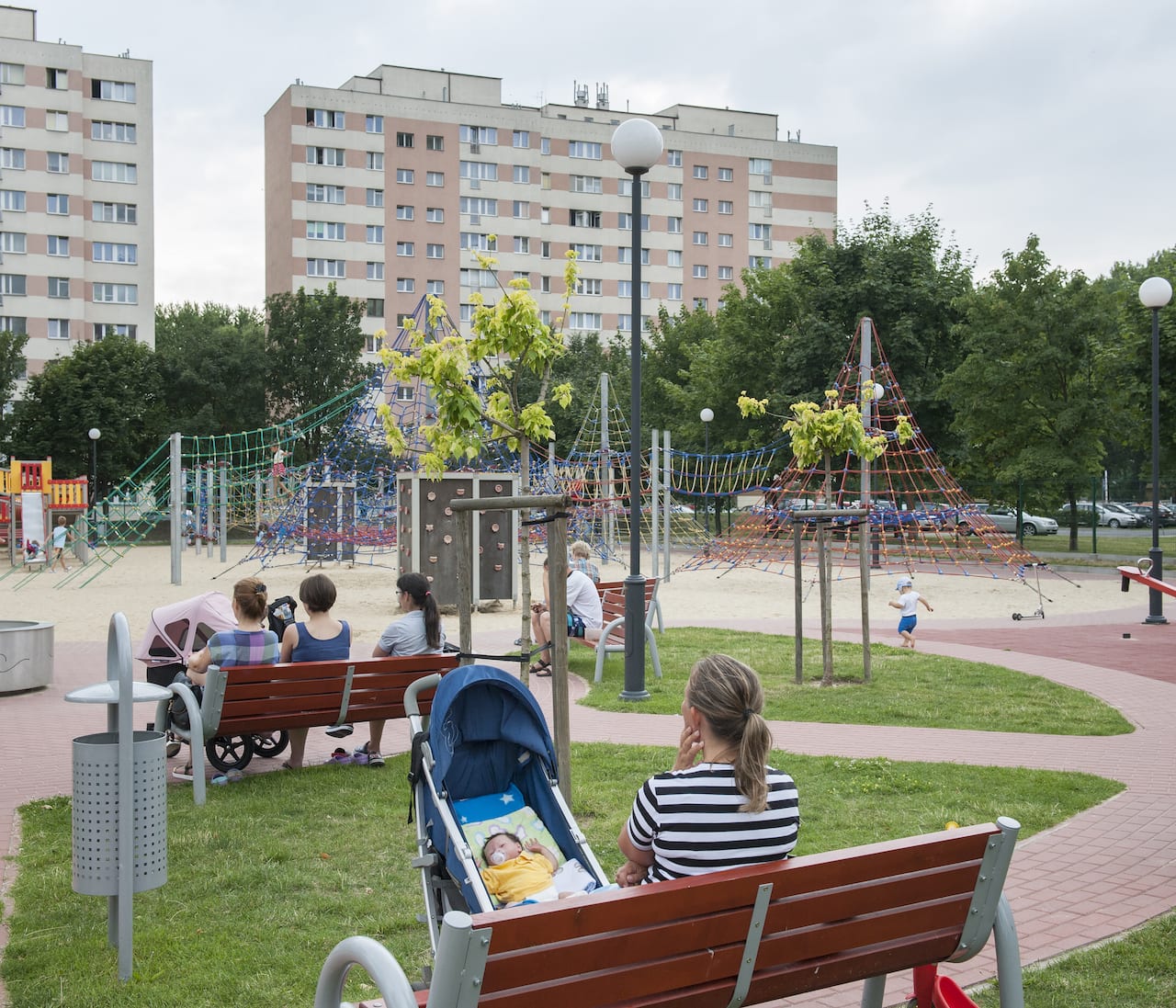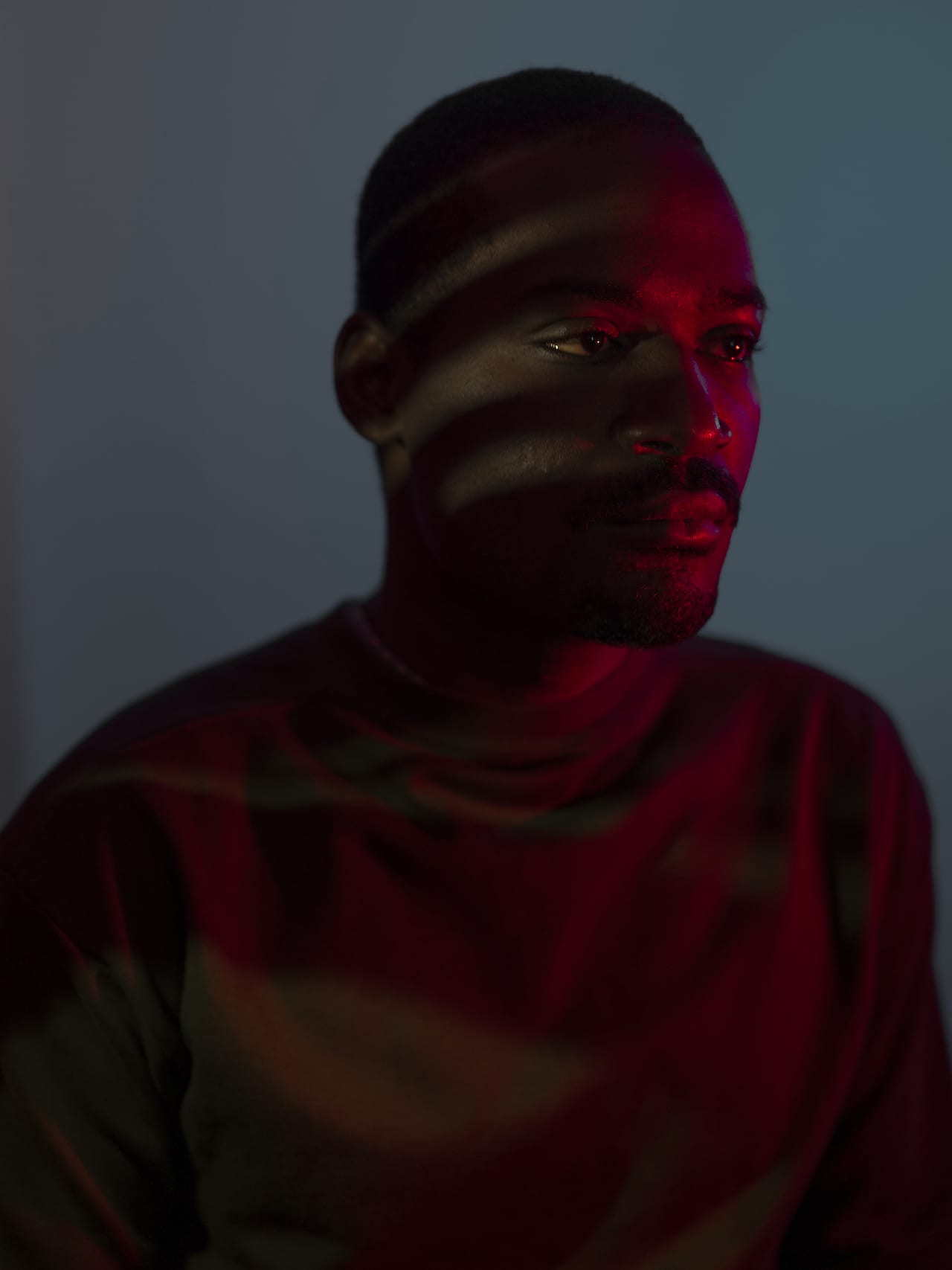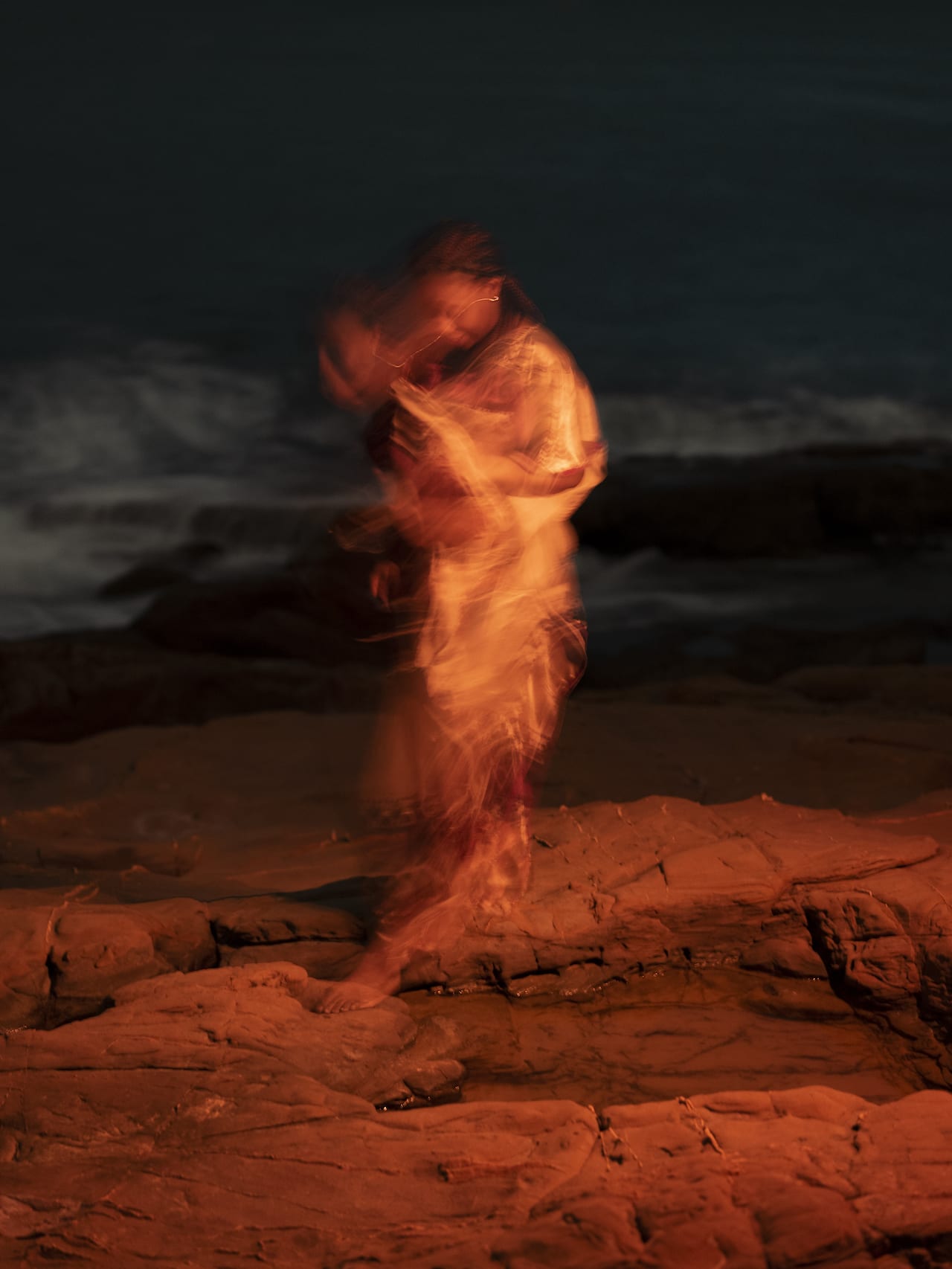The World Press Photo Contest its announced the nominees for 2021. Here, we round up some of the most compelling stories
The World Press Photo Contest 2021 has announced its nominations, revealing the runners-up for the coveted Photo of the Year and Story of the Year awards. The contest has also revealed the nominees for its eight sub-categories: Contemporary Issues, Environment, Sports, Nature, Spot News, Portraits, and Long-term Projects. The 45 nominees, 35 of whom have been selected for the first time, were chosen from 74,000 photographs and 4,000 photographs.
Here, we round-up some of the most compelling stories.
The First Embrace, by Mads Nissen, Denmark.
Nominated for Photo of the Year
In March 2020, the Covid-19 pandemic forced care homes across Brazil to close their doors to all visitors, preventing millions of Brazilians from visiting their elderly relatives. Carers were ordered to keep physical contact with their patients to an absolute minimum. At Viva Bem, a simple invention, ‘The Hug Curtain’, allowed people to hug each other again. This was the first hug Rosa had received in five months.
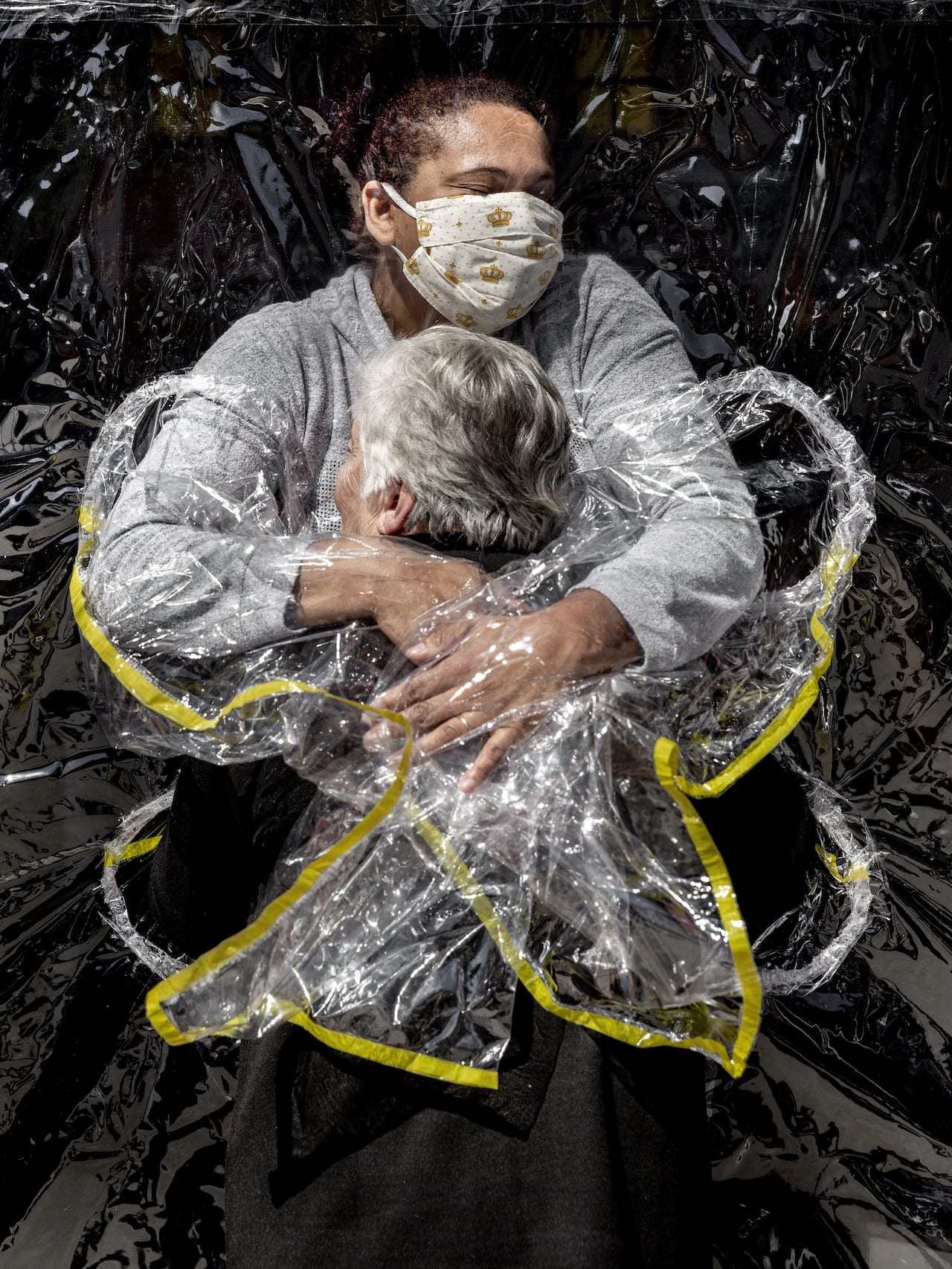
Lincoln Emancipation Memorial Debate by Evelyn Hockstein, United States
Nominated for Photo of the Year
The Emancipation Memorial shows Abraham Lincoln holding the Emancipation Proclamation in one hand, while his other hand hovers over the head of a Black man in a loincloth, kneeling at his feet. Critics argue the statue is paternalistic, demeaning in its depiction of Black Americans, and does not do justice to the role that Black people played in their own liberation. Those against the removal say it is a positive depiction of people being freed from the shackles of slavery, and that removing such monuments can amount to an erasing of history. On 25 June 2020, around 100 people gathered at the monument arguing about what it meant. In February 2021, congresswoman Eleanor Holmes Norton reintroduced a bill in the US Congress to have the statue removed and rehoused in a museum.
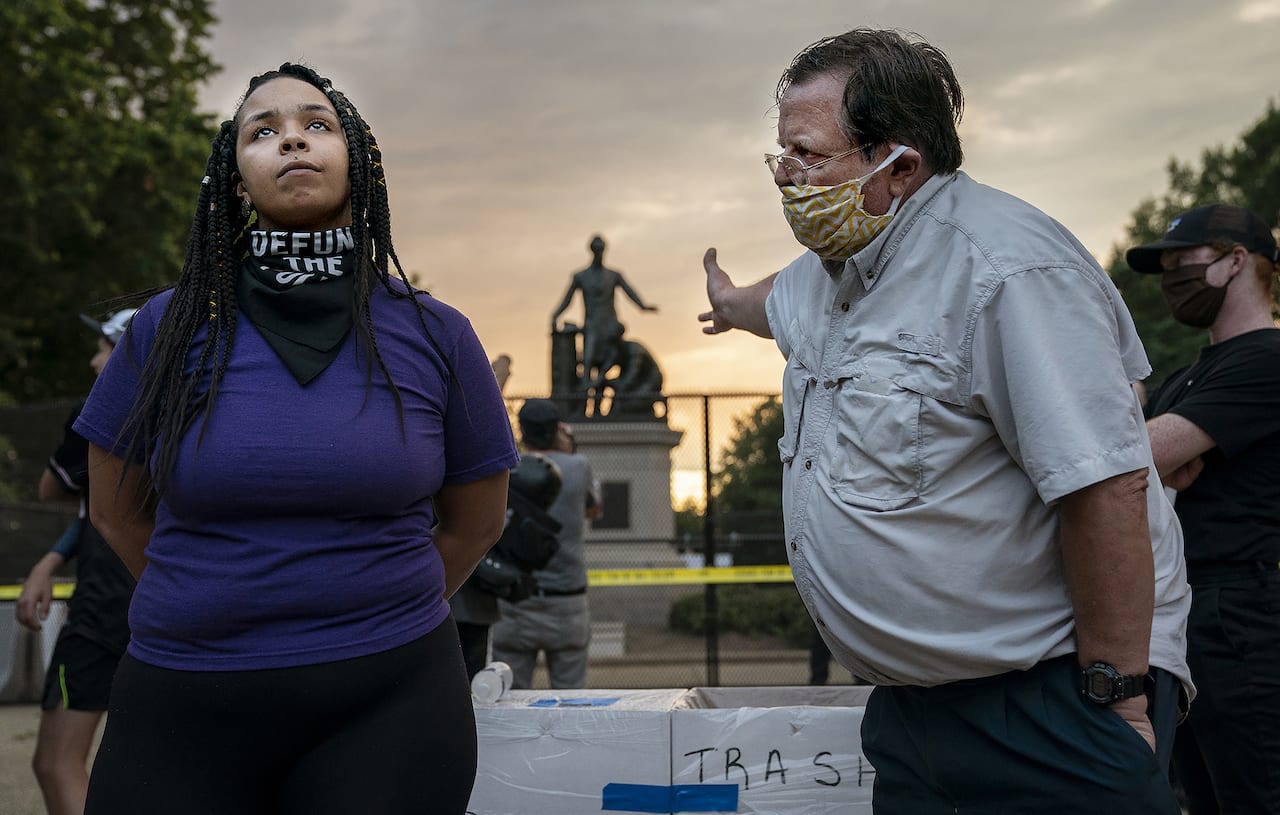
The Transition: Ignat, by Oleg Ponomarev, Russia
Nominated for Story of the Year
Ignat was bullied throughout his childhood. When he was at school, a psychologist confronted him, following rumors that he spoke about himself using masculine pronouns. Ignat opened up to the psychologist about his identity – the first stranger he confided in – but asked that they keep it a secret. The whole school found out, and the bullying intensified.
In Russia, transgender people face many challenges when accessing their economic, social, and cultural rights, as their gender is not legally recognised. An amendment to the Russian constitution, made in July 2020, specifies that marriage is a union between a man and a woman. Previously, under Russian law, transgender people were able to change their legal gender, but the ammendment now states that a person’s gender cannot be changed, outlawing marriage with a transgender person. This results in transgender people having no access to transition-related healthcare services, or offical support against discrimination.
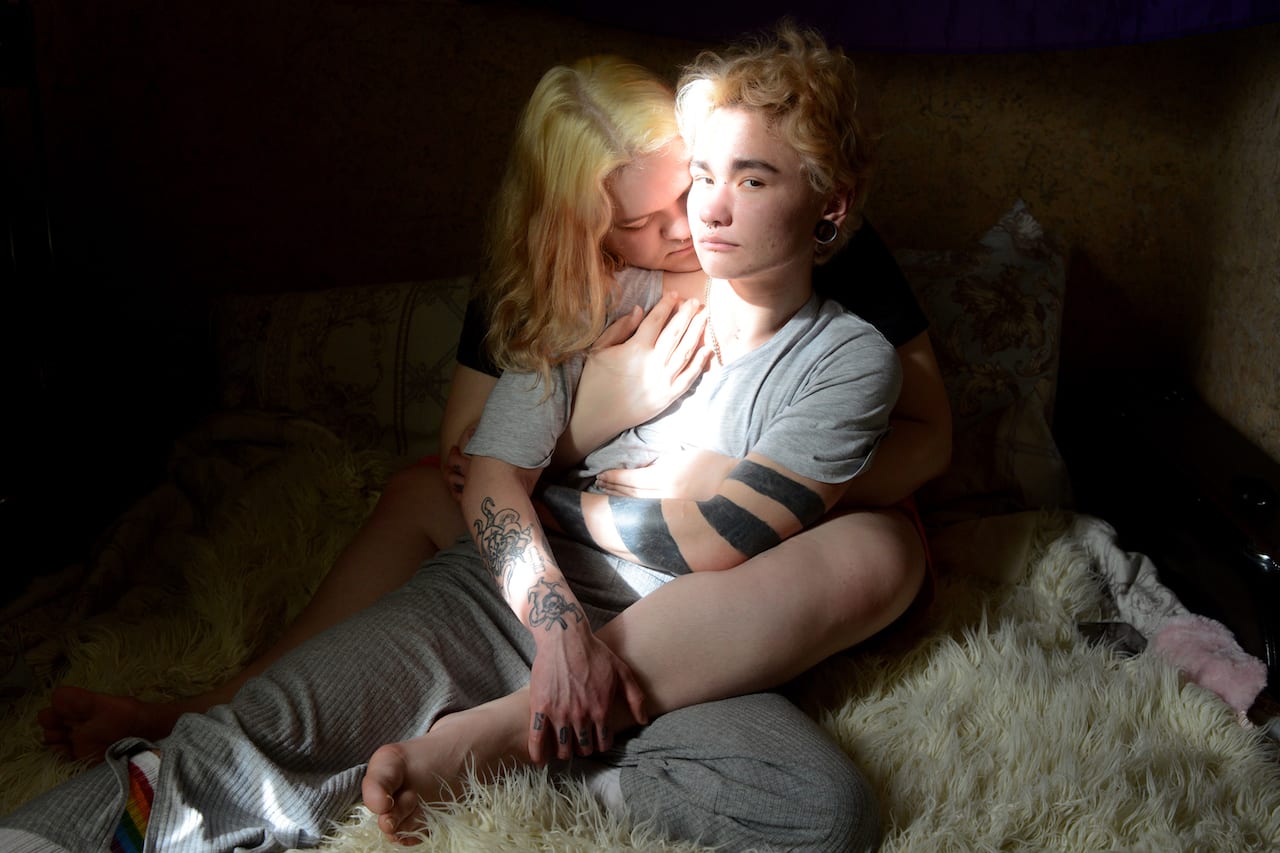
Those Who Stay Will Be Champions by Chris Donovan, Canada
Nominated for Story of the Year
Since 2014, the city of Flint in Michigan, US, has been battling a health crisis, brought about by the authorities switching water-supply sources without proper safeguards. Outmigration has also caused a decline in the city’s once thriving motor industry, amounting to increasing poverty and institutional neglect of its predominantly Black neighbourhoods.
Basketball is an integral part of Flint culture. For decades, four high school teams battled as fierce rivals. Due to the crisis faced by the city, now, there is only one high school in town. The Flint Jaguars were established in 2017, and in 2020 the team fought to turn around a winless history. Their play-off run ended prematurely when Covid-19 forced the cancellation of the season. Nevertheless, the student athletes had a taste of collective success, embodying the resident’s efforts to nurture stability and strengthen community spirit in a city struggling to survive.
The Ameriguns by Gabriele Galimberti, Italy
Nominated in the Portraits Stories category
Despite making up just five per cent of the world’s population, the US is home to more than half of the world’s firearms; twice as many as Yemen, three times as many as Uruguay, and ten times as many as Egypt. In the US, there are more guns than there are people, and more gun stores than there are pharmacies, Starbucks, and McDonald’s restaurants combined. From the history of the second amendment, to Instagram influencers and inherited weapon collections, Gabriele Galimberti’s project, The Ameriguns, charts America’s obsession with guns.
Reborn by Karolina Jonderko, Poland
Nominated in the Long-term Projects category
“Reborn babies” were first created in the 1990s. Each one is unique, carefully crafted by artists known as “reborners”. The hyper-realistic dolls are created with details such as birthmarks, veins, implanted hair, pores, tears, and saliva. More sophisticated reborns are equipped with electronic systems capable of reproducing the heartbeat, breathing, and sucking of a real baby.
The babies can be used in paediatric training, and the use of the dolls in care homes has been shown to help reduce disruptive behaviour in people with dementia. While most reborn owners are doll collectors, others have experienced miscarriage, neonatal deaths, have no means for adoption, or suffer from empty nest syndrome, and may use the doll as a substitute for a child.
Port Explosion in Beirut, by Lorenzo Tugnoli, Italy
Nominated for Photo of the Year, and in the Spot News category
At around 6pm on 04 August 2020, a massive explosion shook Lebanon’s capital. The explosion damaged or destroyed around 6,000 buildings, killed at least 190 people, injured a further 6,000, and displaced as many as 300,000. Many citizens saw the incident as symptomatic of the country’s ongoing problems, namely governmental failure and mishandling and corruption. In the days after the blast, tens of thousands of demonstrators filled the streets of Beirut, some clashing with security forces and taking over government buildings, in protest against a political system they saw as unwilling to fix the country’s problems.
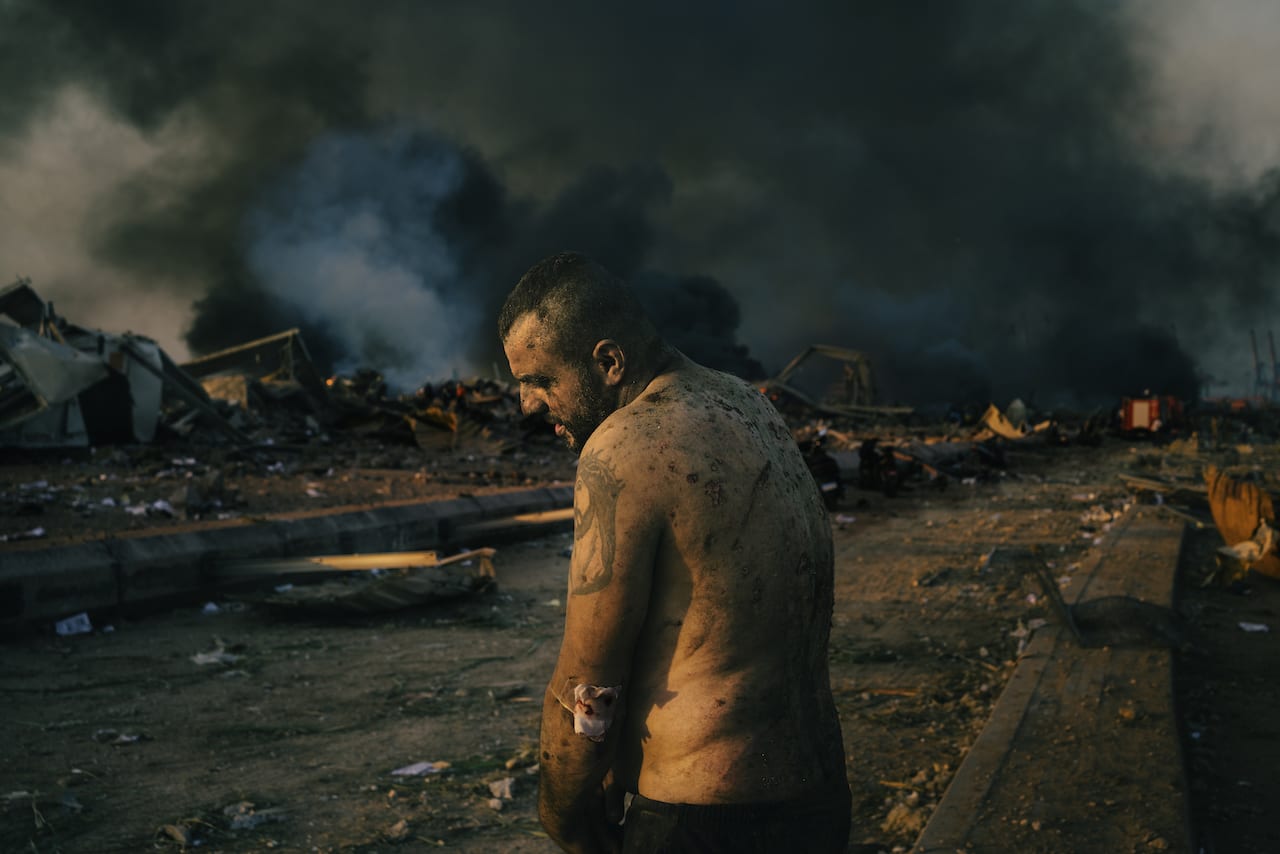
Nowhere Near by Alisa Martynova, Russia
Nominated in the Portraits Stories category
More than one million immigrants from Africa officially reside in Italy. In this project, Alisa Martynova compares migrants in Italy to scattered stars: a constellation of young people with different stories and backgrounds. Martynova celebrates these individual stories, attempting to resist stereotyping of African migrants. In a 2016 study by the International Organization of Migrants, half of the study group described discrimination on the basis of social group, religion, or sexual orientation. In October 2020, the Italian government adopted a decree overturning many of the anti-immigration policies introduced by the previous interior minister Matteo Salvini, leader of the right-wing Lega Nord (Northern League).
The winners of the 2021 contest will be announced on 15 April 2021 at the World Press Photo Festival. The full list of nominees can be found here.

